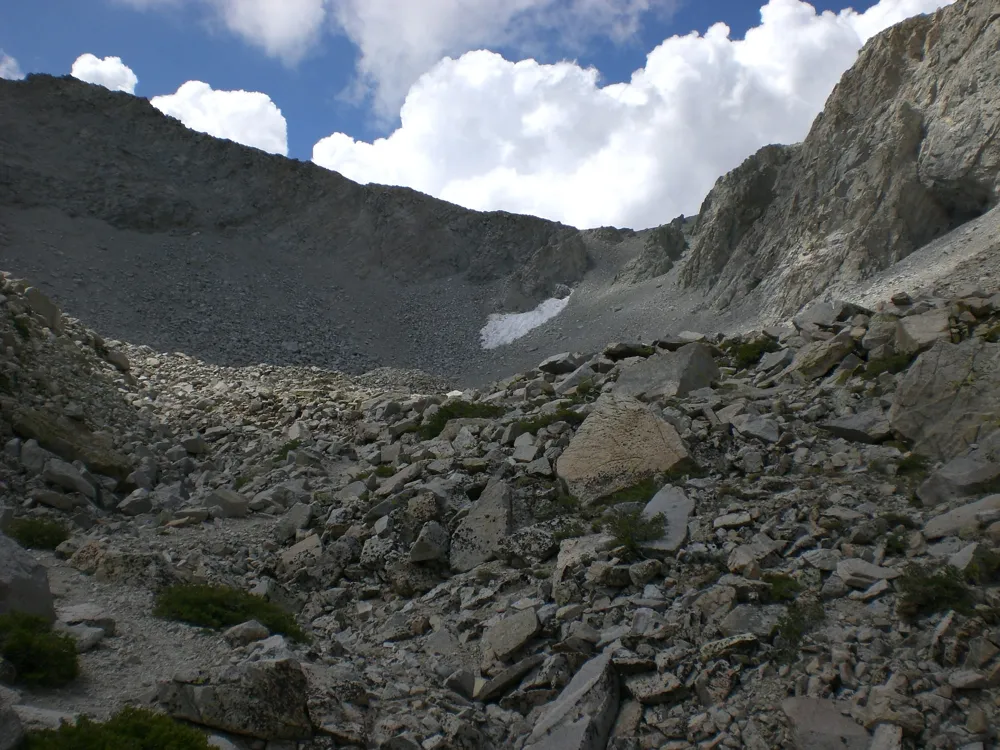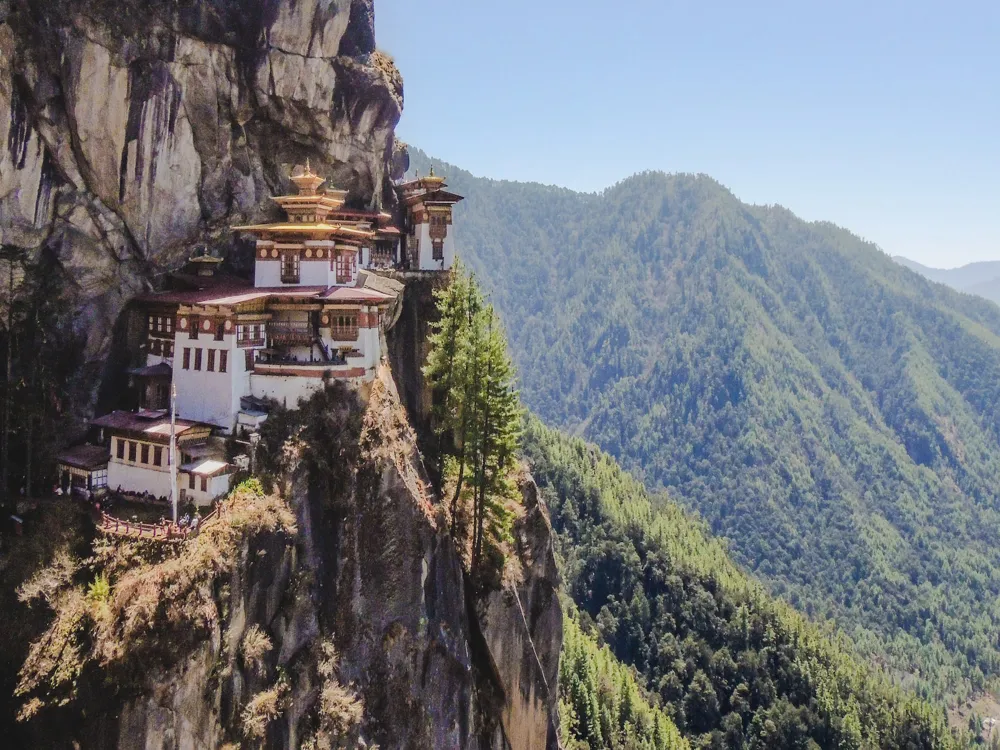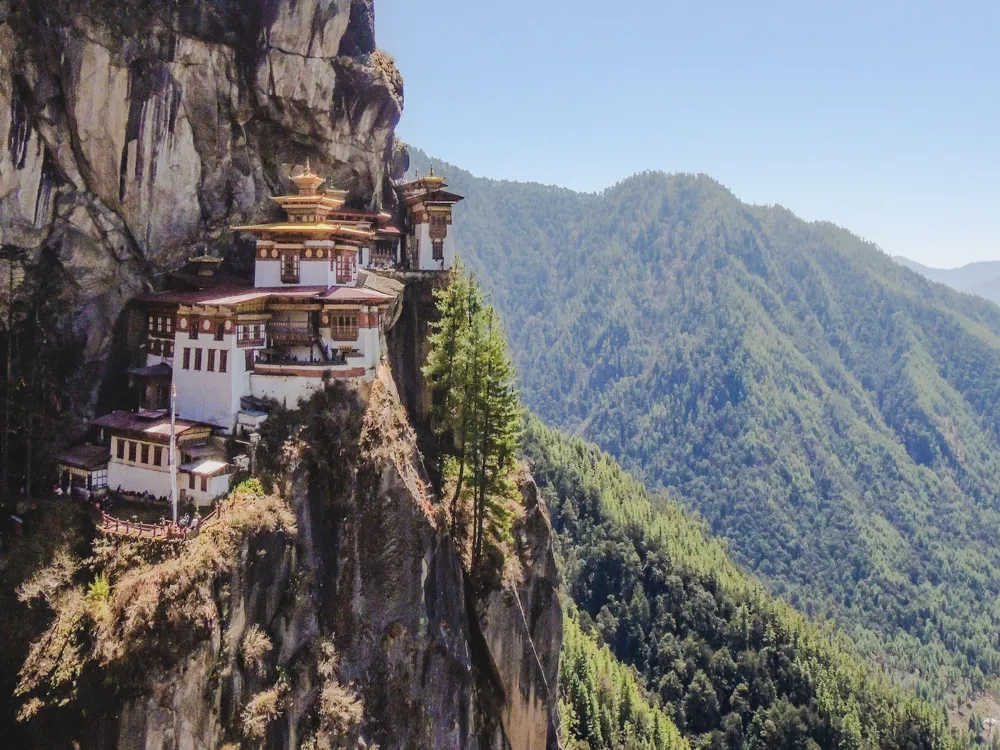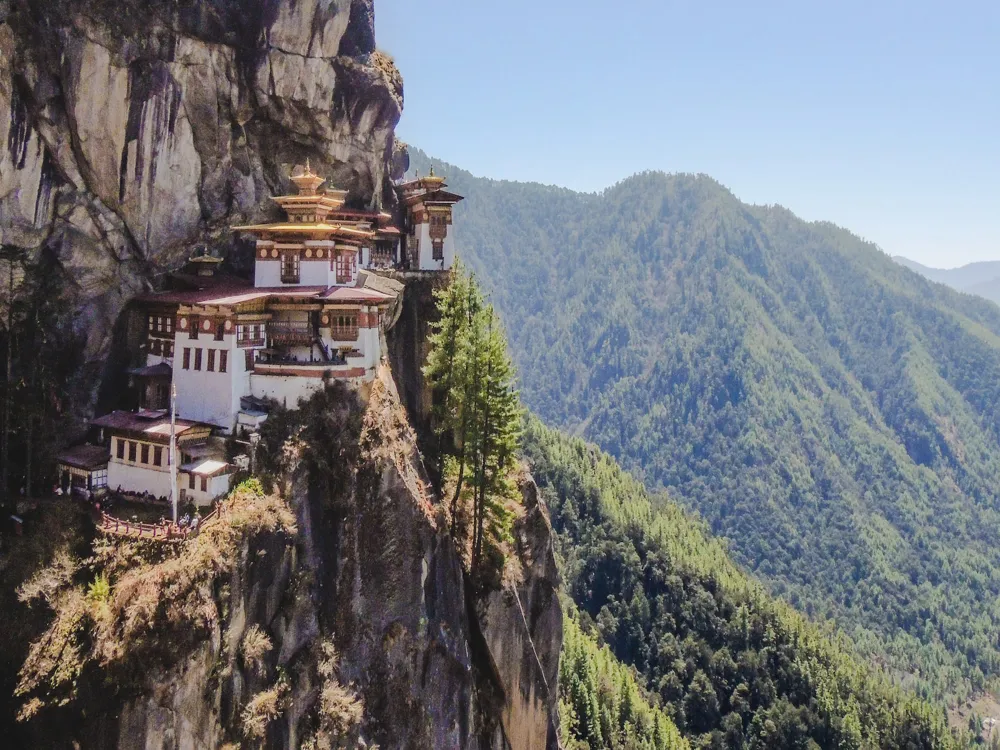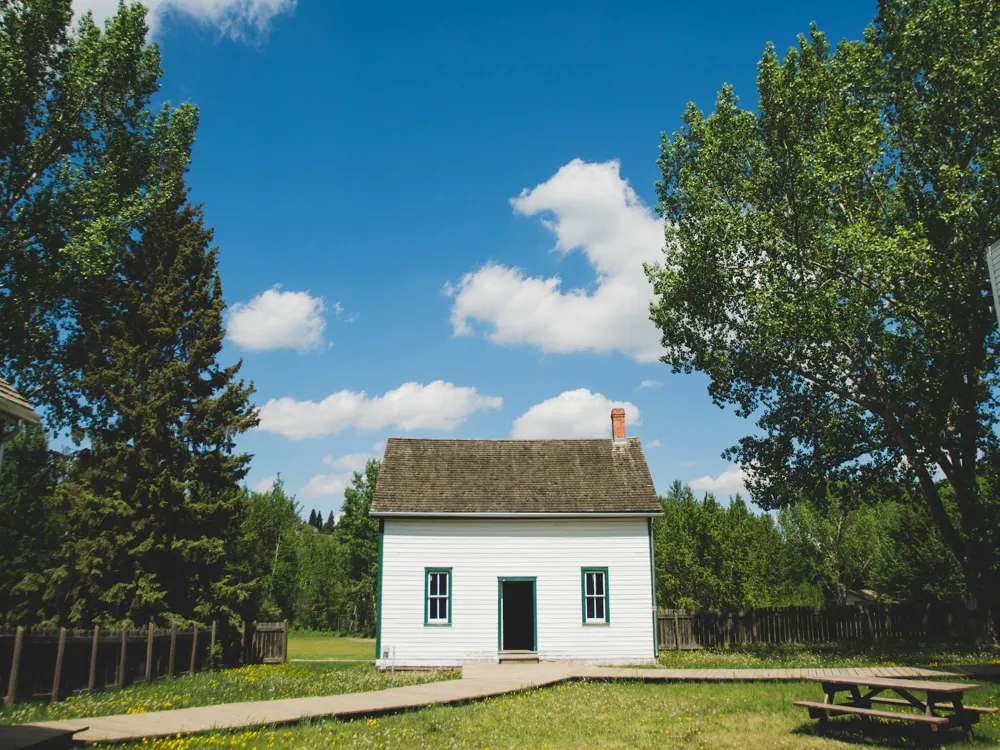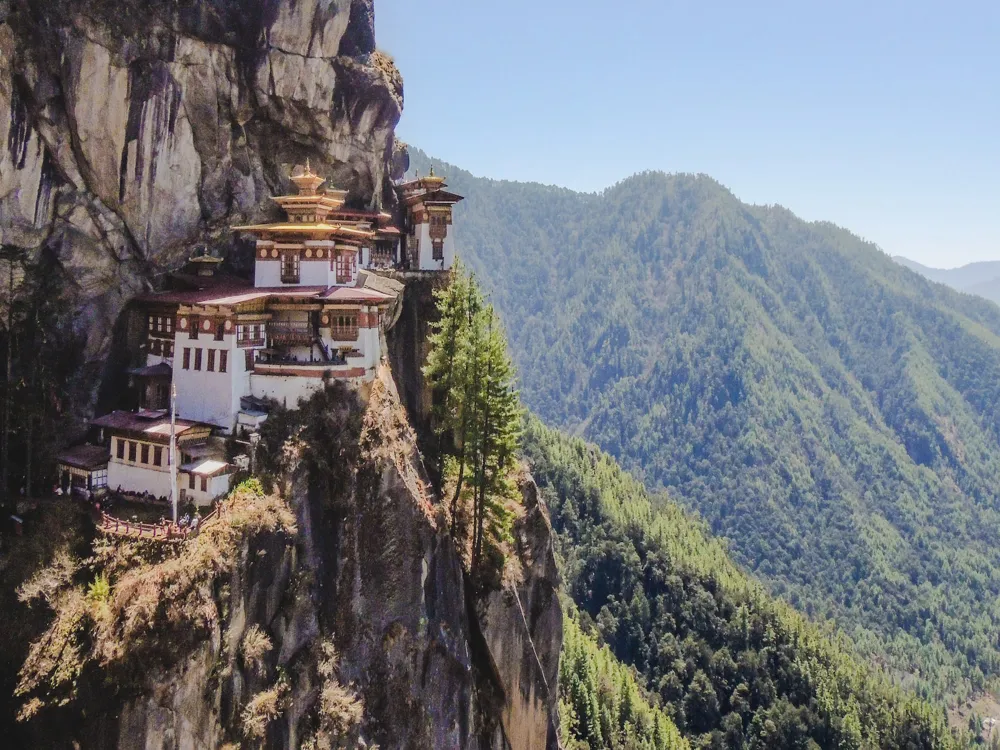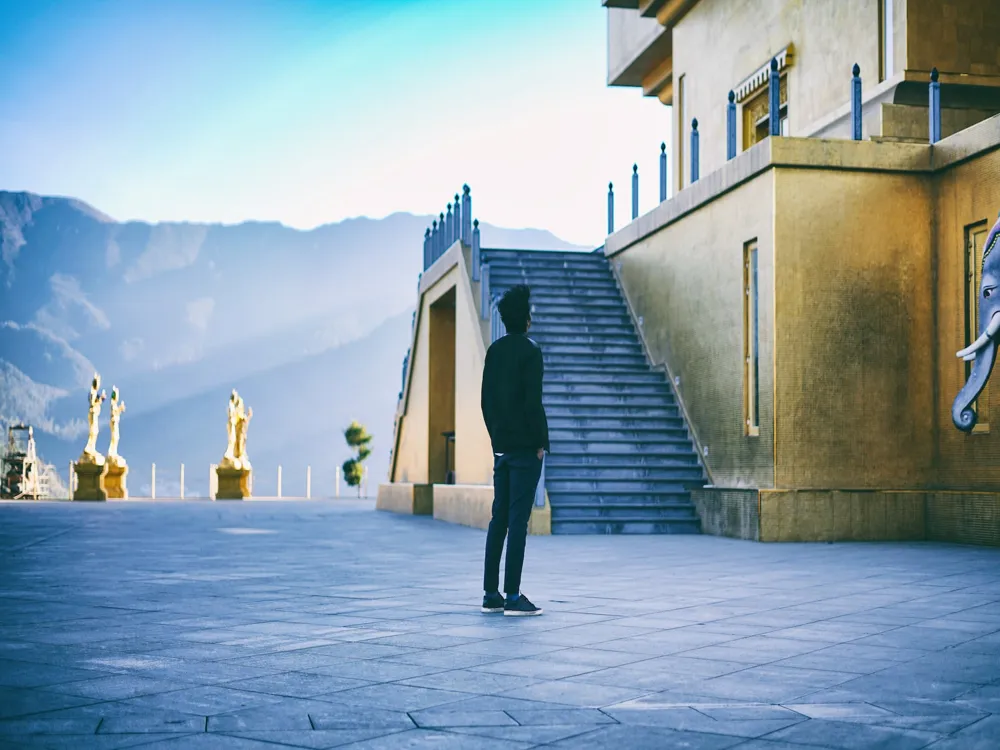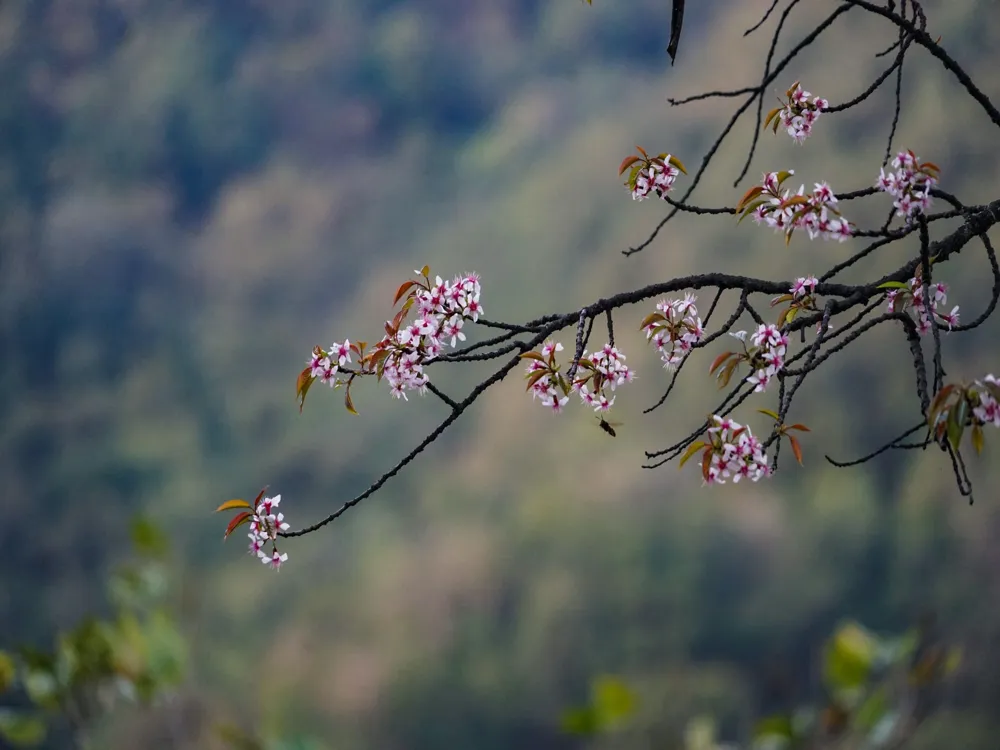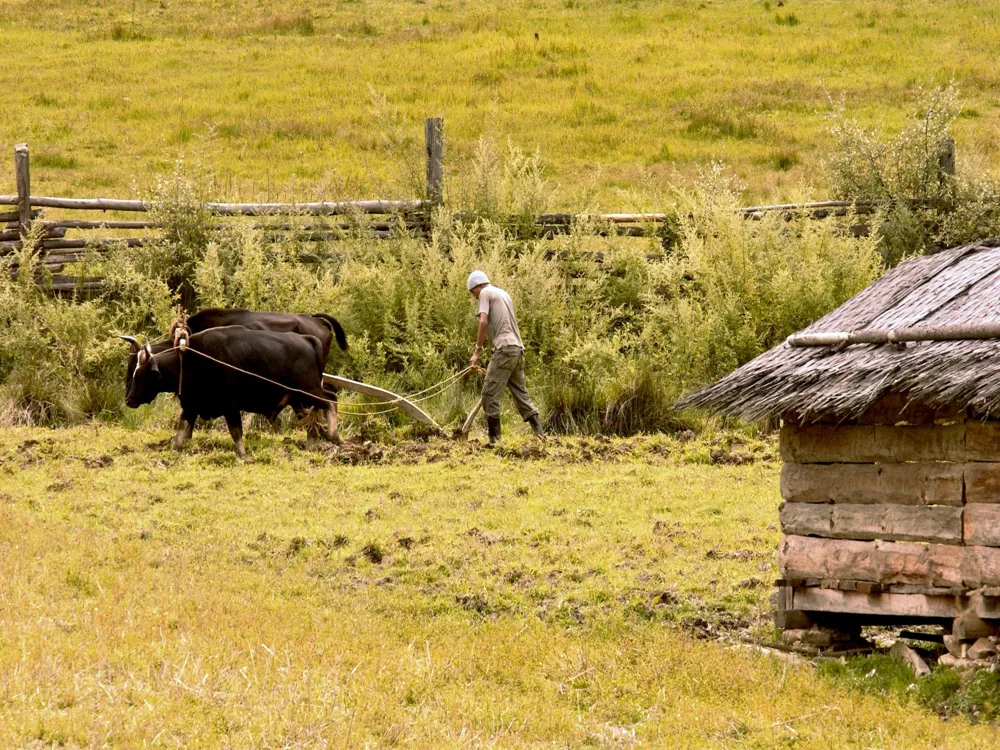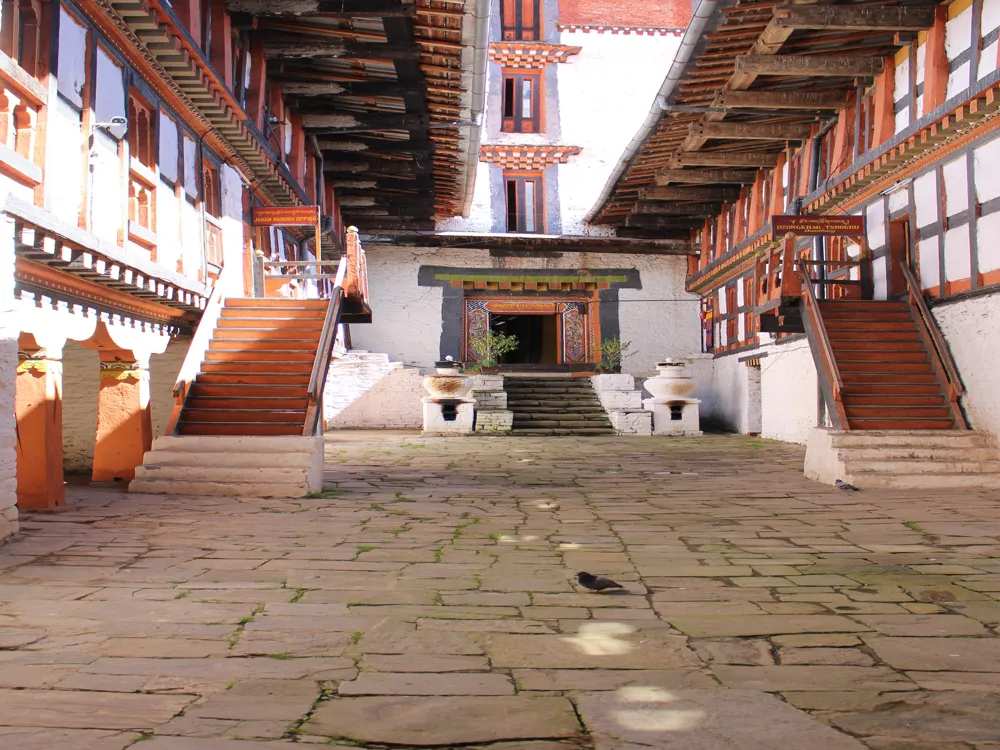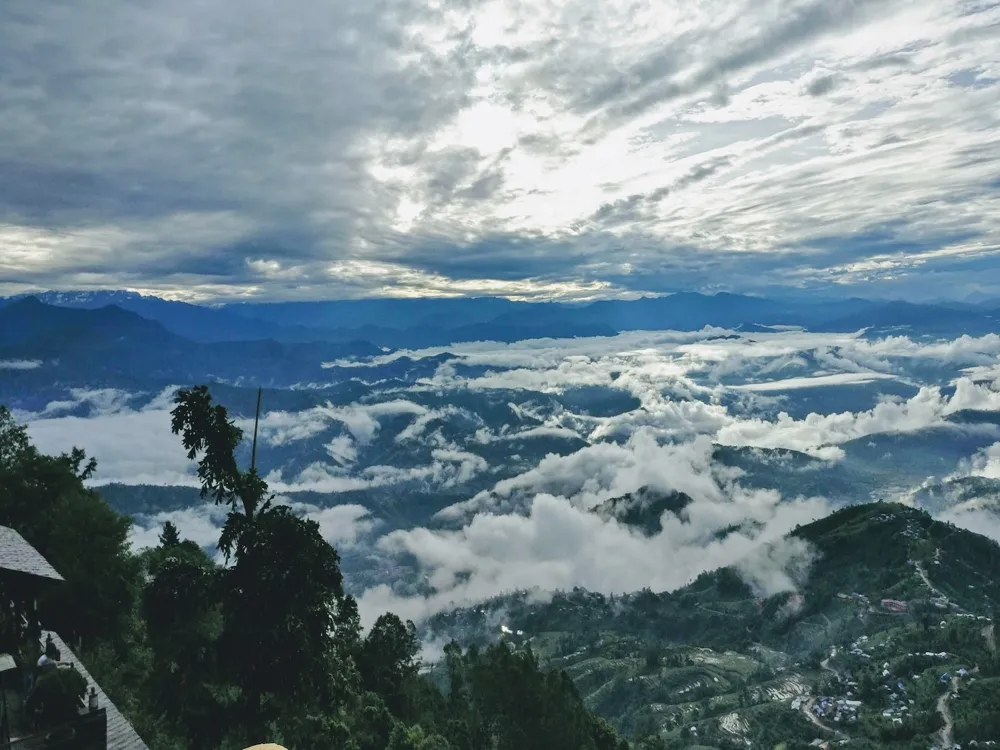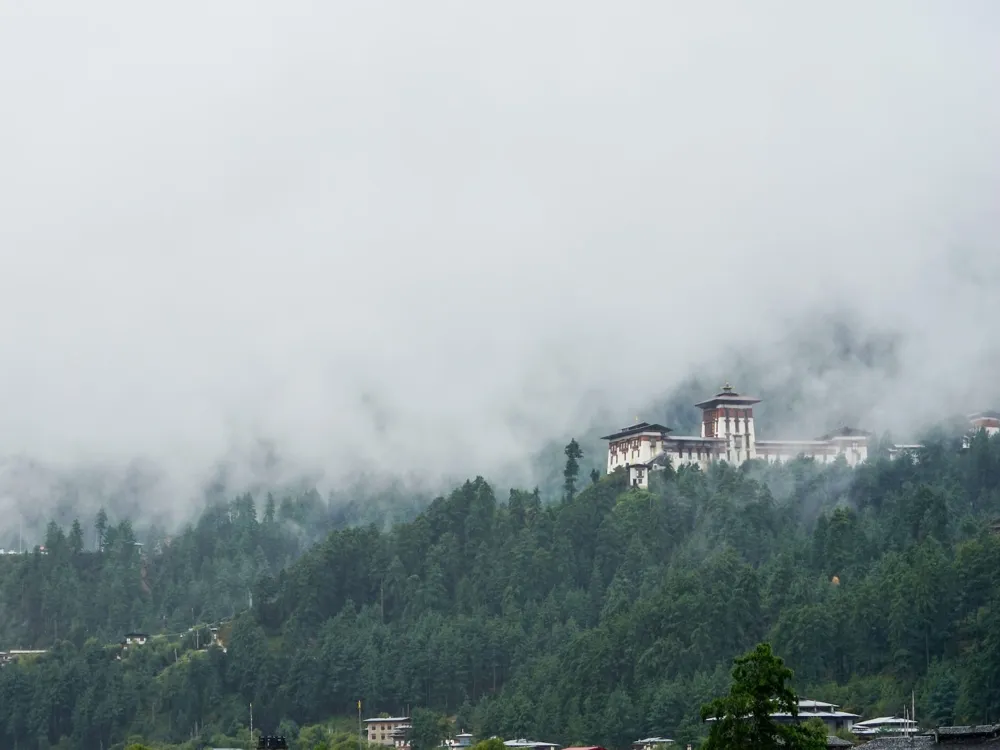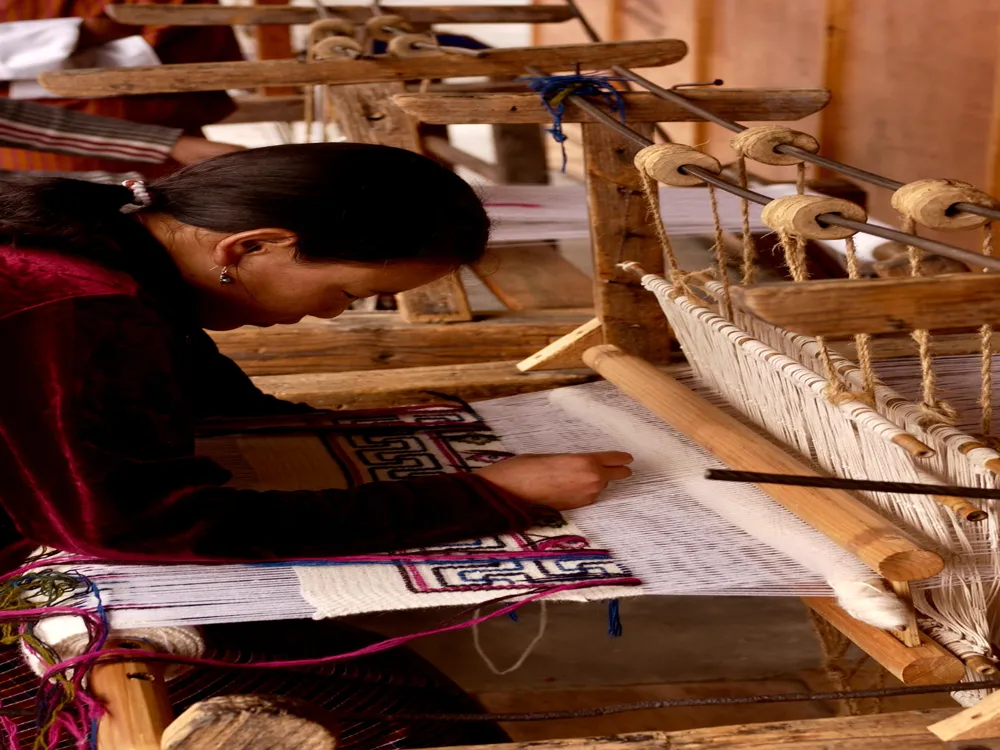Tago Lhakhang, nestled in the serene Paro Valley of Bhutan, stands as a testament to the rich cultural and spiritual heritage of the Kingdom. This ancient temple, dating back to the 13th century, is not just a religious site but a symbol of Bhutan's deep-rooted traditions and architectural brilliance. Founded by the revered Tibetan saint, Thangton Gyalpo, Tago Lhakhang is more than a mere structure; it's a journey through Bhutan's spiritual landscape. The temple's location in Paro, one of Bhutan's most historic valleys, adds to its significance. Paro Valley, known for its lush landscapes and tranquil environment, has been the cradle of Bhutanese culture for centuries. Tago Lhakhang, set amidst this picturesque valley, continues to attract pilgrims and tourists alike, offering a glimpse into the mystical world of Bhutanese Buddhism. Tago Lhakhang's history is intertwined with the legend of Thangton Gyalpo, often referred to as the 'Iron Bridge Builder.' This saint is celebrated for his contributions to the spread of Buddhism across Tibet and Bhutan and for his innovative construction techniques. The temple is one of his many creations, showcasing his vision of merging spirituality with functional design. Over the years, Tago Lhakhang has undergone several renovations, but it still retains its original charm and spiritual essence. The temple's significance extends beyond its religious aspects; it is a beacon of Bhutanese art and culture. The intricate designs, the detailed carvings, and the unique Bhutanese architectural elements seen in Tago Lhakhang are a source of inspiration and pride for the Bhutanese people. The temple is not only a place of worship but also a custodian of Bhutan's artistic heritage. In summary, Tago Lhakhang in Paro is a remarkable site, encapsulating the essence of Bhutanese spirituality, culture, and architectural ingenuity. It stands as a symbol of Bhutan's historical depth, religious fervor, and artistic prowess, offering an unforgettable experience to all who visit. The architecture of Tago Lhakhang is a splendid example of Bhutan's unique building style, which blends religious significance with environmental harmony. The temple's structure is a representation of Bhutanese architectural principles, characterized by whitewashed walls, wooden windows, and a distinctive sloping roof. The design not only reflects the aesthetic sensibilities of Bhutanese culture but also its spiritual ideologies. Entering Tago Lhakhang, visitors are greeted by a series of courtyards and assembly halls, each adorned with elaborate woodwork and traditional paintings. The inner sanctum, housing the main deity, is a focal point of the temple's spiritual aura. The intricate murals and statues within the temple depict various aspects of Buddhist lore, providing insights into the religious beliefs and practices of Bhutan. The use of natural materials in the temple's construction, such as wood and stone, signifies the Bhutanese ethos of living in harmony with nature. The temple's layout, following the contours of the landscape, further highlights this connection. The integration of sacred symbols and motifs in the architecture exemplifies the deep-rooted spiritual beliefs that govern Bhutanese life. Tago Lhakhang's architectural brilliance is not just in its aesthetics but also in its structural ingenuity. The temple, built without the use of nails or iron bars, stands as a testament to the advanced construction techniques of ancient Bhutan. This method not only adds to the temple's mystical charm but also demonstrates the ingenuity of Bhutanese craftsmen. In essence, the architecture of Tago Lhakhang is a harmonious blend of spirituality, art, and sustainability. It stands as a magnificent example of Bhutan's architectural heritage, embodying the country's cultural ethos and religious fervor. Visitors to Tago Lhakhang should adhere to a modest dress code. It is advisable to wear long pants and shirts with sleeves. Traditional Bhutanese attire, though not mandatory, is respected and appreciated. While photography of the exterior is generally permitted, taking photos inside the main temple is often restricted. Always ask for permission before capturing any photographs to respect the sanctity of the site. Opting for a guided tour can enhance your experience at Tago Lhakhang. Knowledgeable guides provide valuable insights into the temple's history, architecture, and religious significance. Visitors should observe silence and avoid loud conversations. It is customary to walk clockwise around the temple and stupas. Also, always show respect to the monks and the religious artifacts within the temple. Given the temple's elevation, it's advisable to stay hydrated and acclimatize to avoid altitude sickness. Also, wear comfortable shoes as the temple complex may involve some walking. Tago Lhakhang, located in the Paro district, is accessible by various means. The most common way to reach the temple is by flying into Paro International Airport, which is well-connected with multiple cities. From the airport, Tago Lhakhang is a short drive away. Visitors can hire taxis or opt for tour operator vehicles to reach the temple. For those seeking an adventurous route, trekking to the temple offers a scenic journey through the beautiful landscapes of Paro Valley. Public transport, although limited, is another option. Buses and shared taxis ply to Paro from major cities like Thimphu. Upon reaching Paro, local taxis can be hired to reach Tago Lhakhang. For international tourists, it is advisable to plan the journey in coordination with a registered Bhutanese tour operator, as per the country's tourism policies. In summary, reaching Tago Lhakhang is relatively straightforward, whether one opts for air travel, road transportation, or a trekking adventure. The journey to this sacred temple is not just a travel experience but a passage into the heart of Bhutan's spiritual and cultural essence. Read More:Overview of Tago Lhakhang, Paro
Architecture of Tago Lhakhang
Tips When Visiting Tago Lhakhang
Dress Code
Photography Guidelines
Guided Tours
Cultural Etiquette
Health Precautions
How To Reach Tago Lhakhang
Tago Lhakhang
Paro
₹ 19,500 onwards
View paro Packages
Weather :
Tags : Buddhist Temple
Timings : 9:00 AM - 5:00 PM
Entry Fee : No Entry Fee
Planning a Trip? Ask Your Question
Paro Travel Packages
View All Packages For Paro
Top Hotel Collections for Paro

Private Pool

Luxury Hotels

5-Star Hotels

Pet Friendly
Top Hotels Near Paro
Other Top Ranking Places In Paro
View All Places To Visit In paro
View paro Packages
Weather :
Tags : Buddhist Temple
Timings : 9:00 AM - 5:00 PM
Entry Fee : No Entry Fee
Planning a Trip? Ask Your Question
Paro Travel Packages
View All Packages For Paro
Top Hotel Collections for Paro

Private Pool

Luxury Hotels

5-Star Hotels

Pet Friendly







